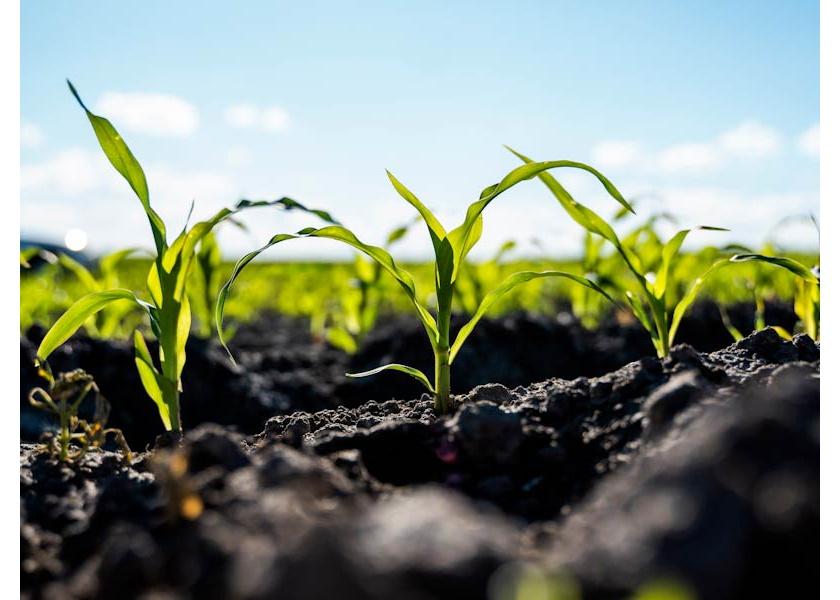Hunger and Malnutrition Threaten U.S. National Security, Report Says

Global hunger and malnutrition pose significant threats to U.S. national security, underscoring the need to invest in international agricultural research and development, according to a new report commissioned by Farm Journal Foundation.
The report, authored by researchers from Texas A&M University, examines how global food insecurity is linked to numerous geopolitical risks, including immigration, radicalization, terrorist threats, environmental degradation, and lost economic opportunity. Increasing investments in agricultural development and innovation would help mitigate these risks by enabling developing countries to improve their crop yields and better feed themselves.
“Agriculture is the main profession practiced by the world’s poorest people, so making investments in improving farm productivity in developing countries would go a long way toward addressing the root causes of many national security risks,” said Dr. Edwin Price, lead author of the report and professor at the Department of Agricultural Economics’ Conflict and Development Program at Texas A&M University. “Alleviating hunger and improving agricultural livelihoods means that people are less likely to immigrate, turn toward criminal activity, or fall prey to radicalized groups.”
The world has seen an alarming rise in hunger and malnutrition in the past few years due to challenges from the global pandemic, the war in Ukraine, extreme weather events linked to climate change, and other shocks. As many as 828 million people – one in ten people on the planet – are affected by hunger, according to the World Food Program.
Hunger and poverty in developing countries create five kinds of threats to U.S. national security, according to the paper. These are socio/political threats, economic threats, nutrition and health threats, environmental threats, and cultural threats.
Investing in agricultural productivity and other long-term solutions can help reduce government spending on humanitarian assistance, according to the report. In spite of this, U.S. funding for agricultural research and development has been flat at about $1 billion since 2010, while U.S. humanitarian aid grew from under $4 billion in 2014 to $14 billion in 2022, according to the U.S. Agency for International Development (USAID). Agricultural research provides one of the highest returns of any public research investment, generating $20 on average for every $1 spent, according to a study by the U.S. Department of Agriculture’s Economic Research Service (ERS).
The report makes a series of recommendations for how the U.S. can invest in long-term global agricultural development. This includes increasing investments in global food and nutrition security programs, as well as research and innovation, within the government’s Feed the Future initiative, supporting funding for the Foundation for Food and Agricultural Research (FFAR) in the Farm Bill, and supporting additional programs that benefit developing countries’ agriculture.
“Hunger used as a weapon is not only happening in Ukraine, but has been happening across the continent of Africa and in developing countries for many years,” said Kelsey Barnes, Director of Government Affairs at Farm Journal Foundation and a U.S. Army National Guard veteran. “As a world leader, the U.S. has an opportunity to make long-term investments in agriculture to reduce hunger and protect national security.”
To read the full report, click here.
To read the executive summary, click here.







